Wild cats have been fascinating humans for millennia, yet even in our modern age of scientific discovery, they continue to baffle researchers with behaviors that seem to defy logical explanation. From domestic house cats to their wild cousins prowling remote landscapes, felines display puzzling patterns that challenge our understanding of animal psychology and evolution.
Science has paid very little attention to how cats relate to the very surroundings in which most behavioural disorders become apparent – the home, and its human and animal occupants. While we’ve unlocked many secrets of the animal kingdom, cats have managed to keep several mysteries intact, leaving even seasoned behaviorists scratching their heads. So let’s dive into these eight bewildering behaviors that continue to mystify the scientific community.
The Midnight Zoomies Phenomenon
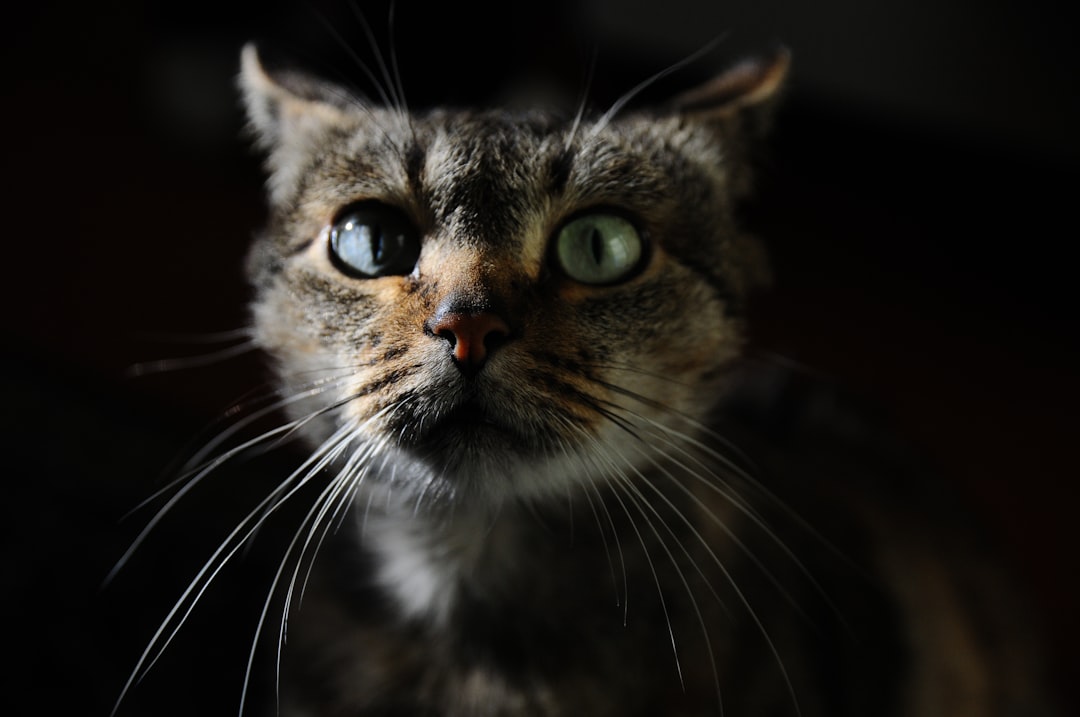
Perhaps no cat behavior is more universally recognized yet scientifically inexplicable than the sudden burst of hyperactive energy known as “zoomies.” These energetic episodes occur day or night, leaving owners both amused and bewildered. Some suggest it’s a leftover trait from their wilder ancestors. However, the exact trigger mechanism remains completely unknown to researchers.
What makes this behavior particularly puzzling is its seemingly random nature. Cats can go from complete relaxation to frenzied sprinting within seconds, racing through hallways and leaping off furniture with no apparent external stimulus. The exact reason remains a mystery, even to seasoned feline behaviorists. Scientists have proposed theories ranging from energy release to hunting instinct practice, yet none fully explain why this behavior manifests so suddenly and intensely.
The Chattering at Prey Mystery
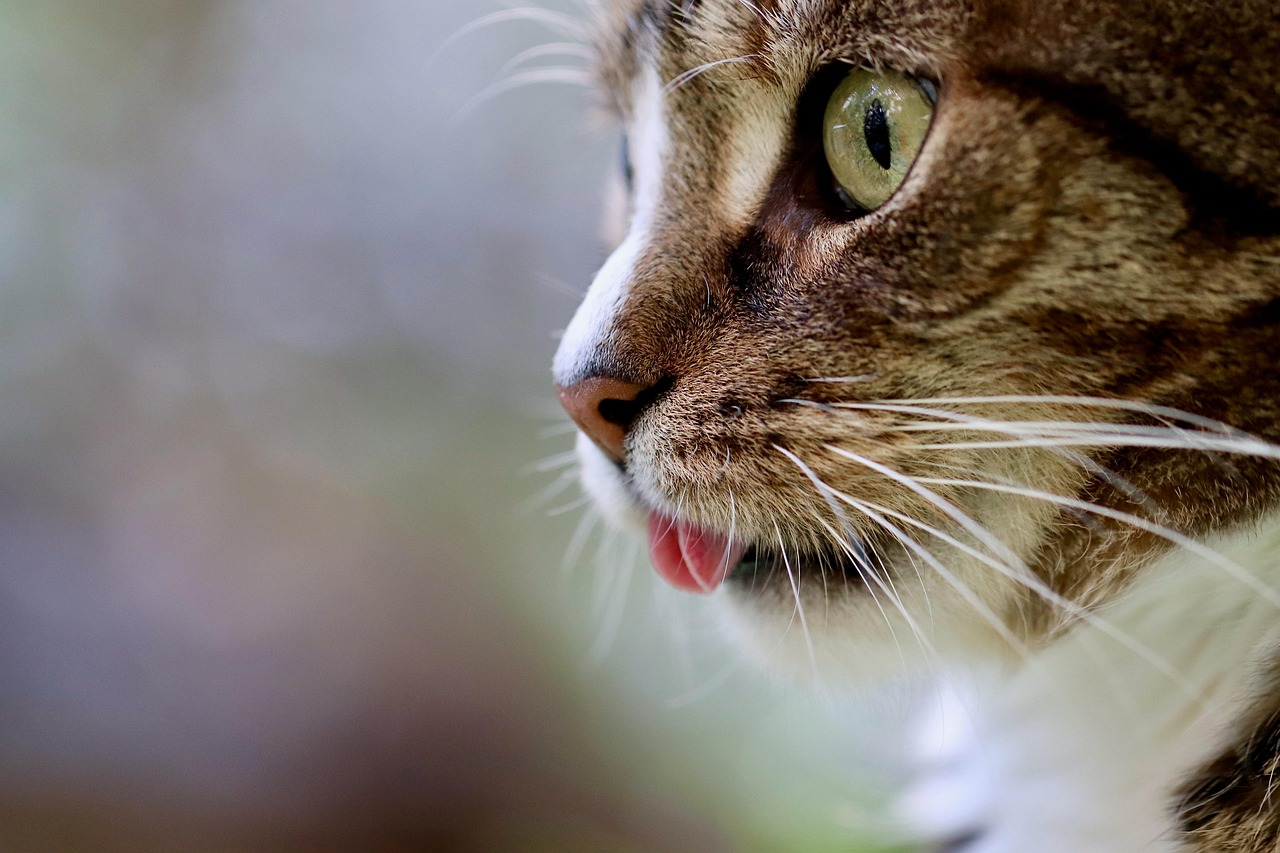
Cats chatter for various reasons, often accompanying excitement or frustration. This behavior is thought to be an expression of their hunting instincts – a mix of anticipation and frustration when they can’t physically capture prey. Yet the specific neurological mechanisms behind this distinctive jaw movement remain completely unexplained.
The sound itself is unlike any other feline vocalization, resembling a rapid clicking or chattering noise that occurs when cats spot birds or small prey through windows. Some theories suggest that chattering is a way for cats to mimic the sounds of birds or small animals they are observing, perhaps as a strategy to lure them closer. Despite extensive study, scientists cannot definitively explain why this particular hunting response evolved or how the complex jaw movements are coordinated.
Purring’s Hidden Healing Powers
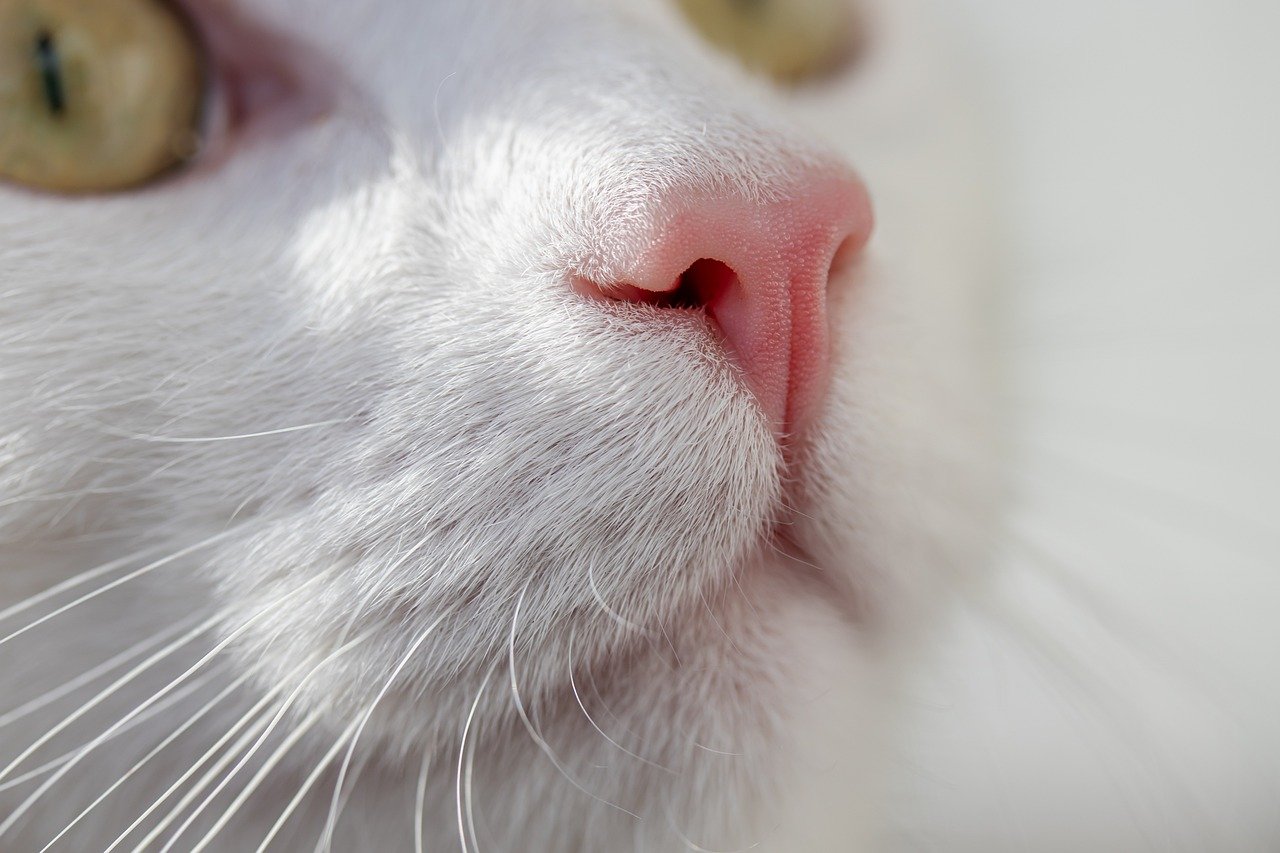
Some theories suggest that cats purr by rapidly contracting and relaxing their laryngeal (voice box) muscles. But here’s the kicker: we still don’t know why they do it. While we understand purring often indicates contentment, the behavior occurs in many other contexts that science cannot fully explain.
Even more mysterious are purring’s apparent therapeutic effects. Purring has also been shown to boost bone growth and healing thanks to its vibratory properties, which could explain why cats often emit a vibration before giving birth or after an injury. The frequency of cat purrs falls within a range known to promote healing in humans, yet scientists cannot explain how cats evolved this seemingly medical ability or why they use it across so many different emotional states.
The Catnip Reaction Enigma
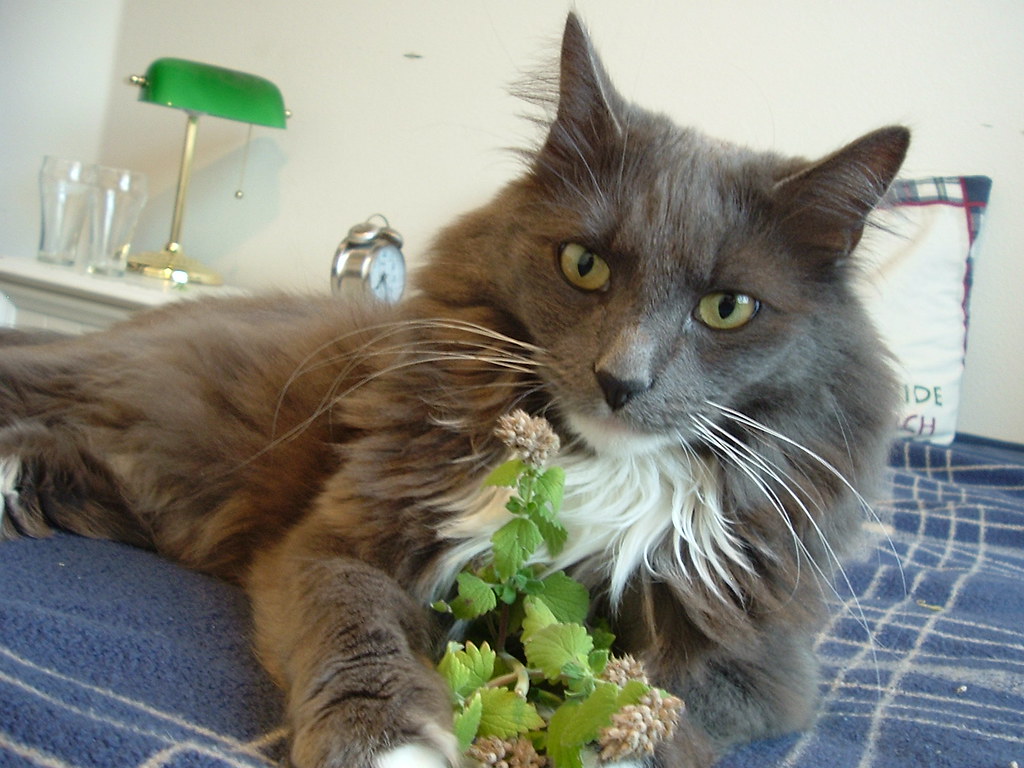
The catnip response represents one of the most dramatic behavioral changes observable in cats, yet its underlying mechanisms remain largely mysterious. Science the whole shebang. Why the wild reactions? Why the immunity in some? And most importantly, why do cats seem to hallucinate?
Catnip, the active ingredient of which is called nepetalactone, has been shown to have a similar temporary effect on some wild felines, including lions and jaguars, as on pet cats. This suggests an ancient evolutionary response, yet roughly one-third of cats show no reaction whatsoever to catnip. Scientists cannot explain why some cats are completely immune while others experience what appears to be euphoric hallucinations, rolling and writhing as if experiencing altered states of consciousness.
Earthquake Prediction Abilities
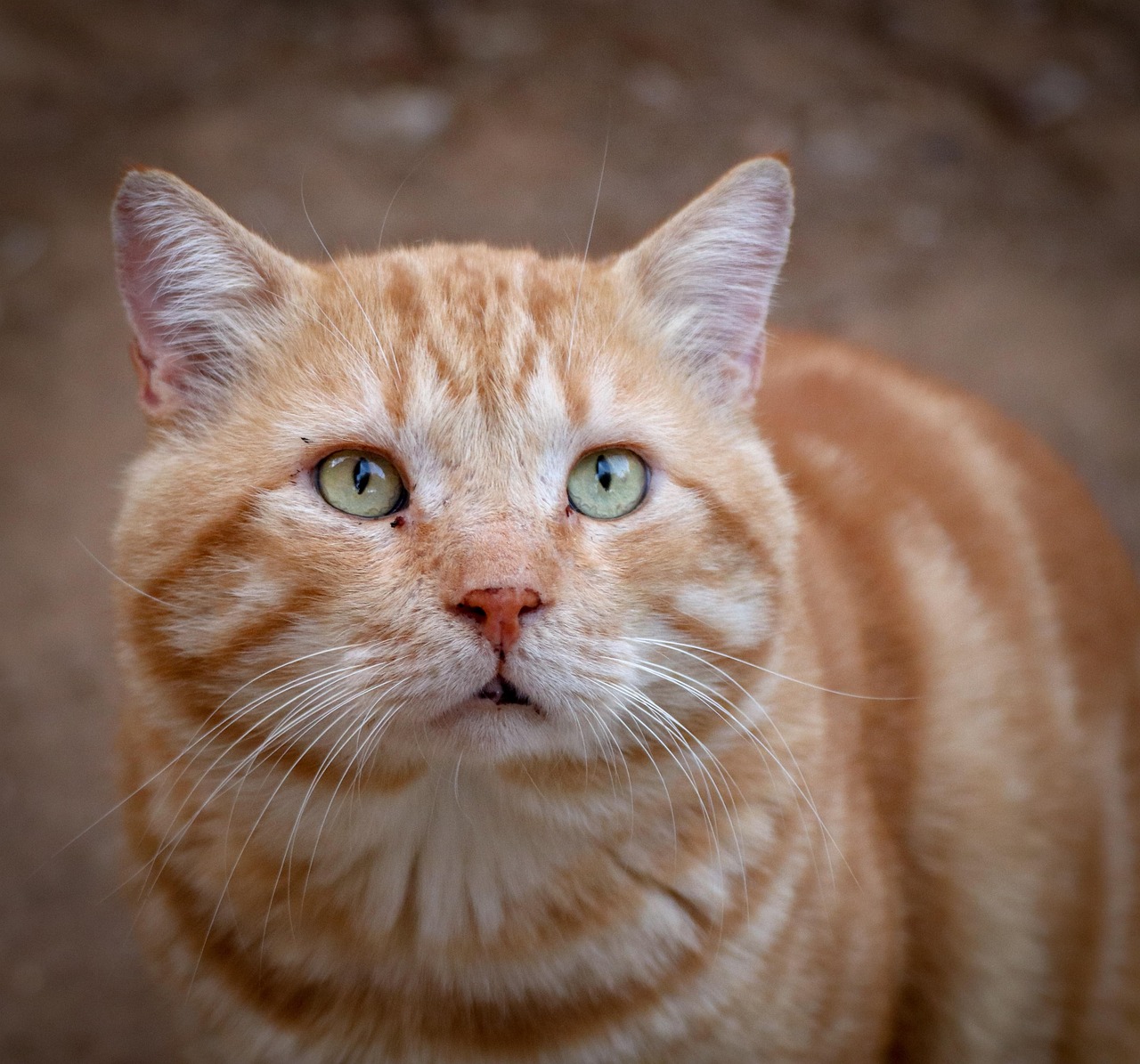
There are reports of cats acting all weird before earthquakes. Studies have documented cases of erratic animal behavior before earthquakes. Cats consistently top these lists of animals displaying pre-disaster behavioral changes, yet scientists cannot determine what they’re actually sensing.
It’s often reported that insects and animals act strangely before earthquakes, leaving scientists puzzled. Are they sensing vibrations, gases, or something else entirely? This phenomenon has led to speculation about animals’ ability to predict natural disasters. The inability to identify the specific stimulus cats detect makes this behavior one of the most intriguing unsolved mysteries in animal behavior research.
Love Bites During Affection
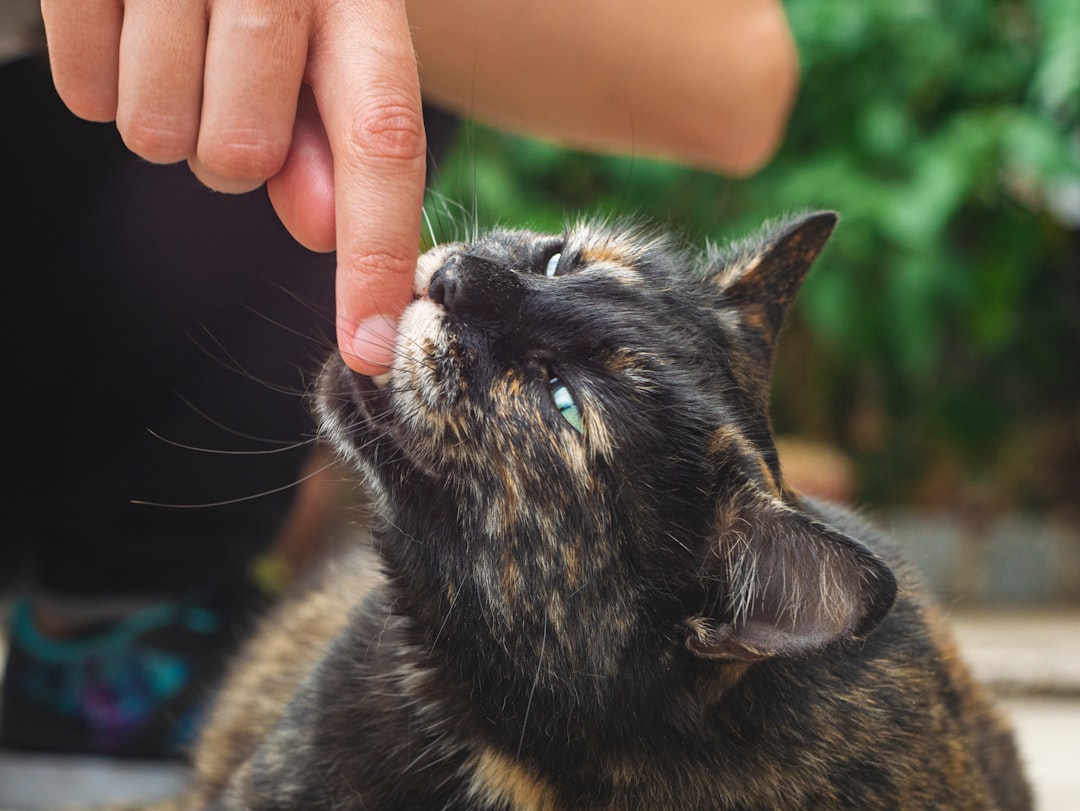
Few cat behaviors are as paradoxical as the sudden bite that occurs during seemingly pleasant interaction sessions. While theories abound, there’s no definitive answer as to why cats do this. The behavior seems to contradict basic principles of animal psychology, where positive interactions should not suddenly turn aggressive.
These unexpected nips typically happen during petting sessions when cats appear completely relaxed and content. The bite often occurs without any apparent warning signs, leaving owners bewildered about what triggered the sudden change. While theories abound, there’s no definitive answer as to why cats do this. But mostly, it’s just something us cat lovers learn to live with. The unpredictability and seeming contradiction of this behavior continues to puzzle animal behaviorists worldwide.
Sleep Positions and Dream States
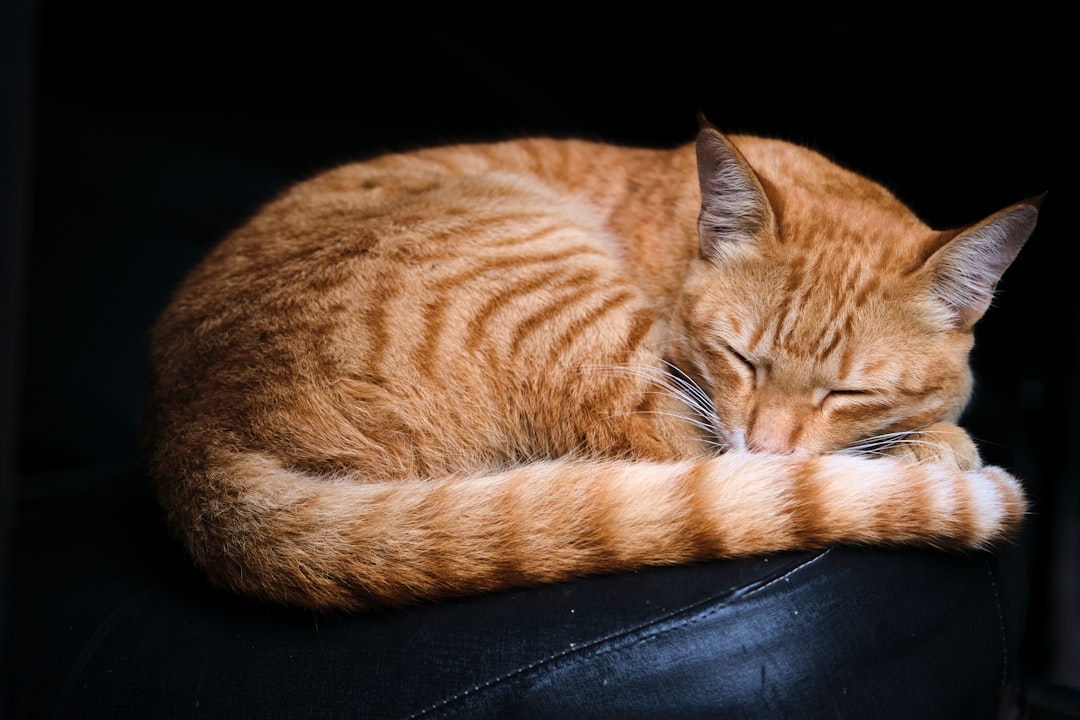
Cats spend roughly two-thirds of their lives sleeping, yet their sleep behaviors present numerous scientific puzzles. One popular belief is that cats cover their faces to protect themselves from bad dreams or nightmares. However, this assertion may have more to do with human cultural assumptions than actual science.
The positions cats choose for sleeping often seem to defy comfort or safety logic. They’ll sleep in impossibly tiny spaces, hang precariously from furniture edges, or adopt positions that appear uncomfortable to observers. Scientists cannot fully explain the decision-making process behind these choices or determine whether cats experience dreams similar to humans. The relationship between their sleep positions and any potential dream states remains one of feline behavior’s enduring mysteries.
Nocturnal Lunar Sensitivity
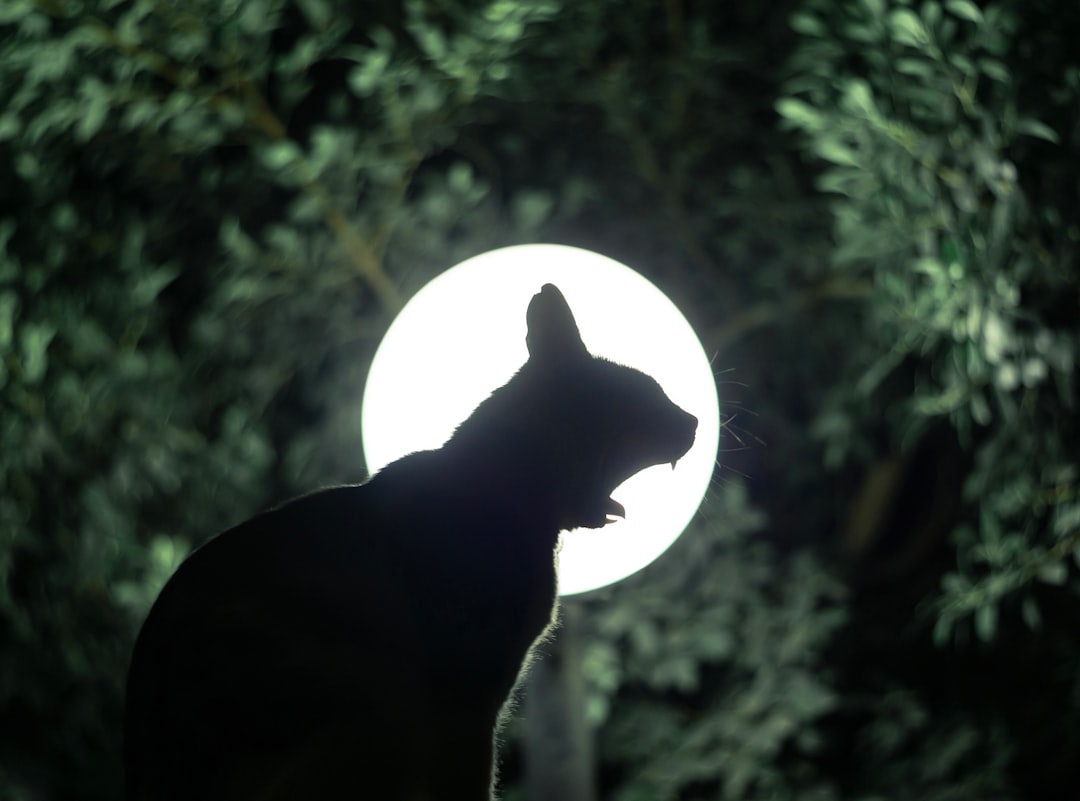
Research suggests that cats, much like their wild ancestors, may be sensitive to the waxing and waning of the moon, with some exhibiting heightened activity during fuller phases. This potential lunar connection represents one of the most mysterious aspects of feline behavior, with limited scientific evidence to support the observations.
Many cat owners report increased nighttime activity and vocalizations during certain lunar phases, yet controlled studies have failed to establish definitive connections. The mechanism by which cats might sense lunar cycles remains completely unknown, and researchers cannot determine whether this sensitivity serves any evolutionary purpose. This mysterious behavior bridges the gap between scientific observation and ancient folklore, leaving scientists with more questions than answers about cats’ relationship with celestial cycles.
Conclusion
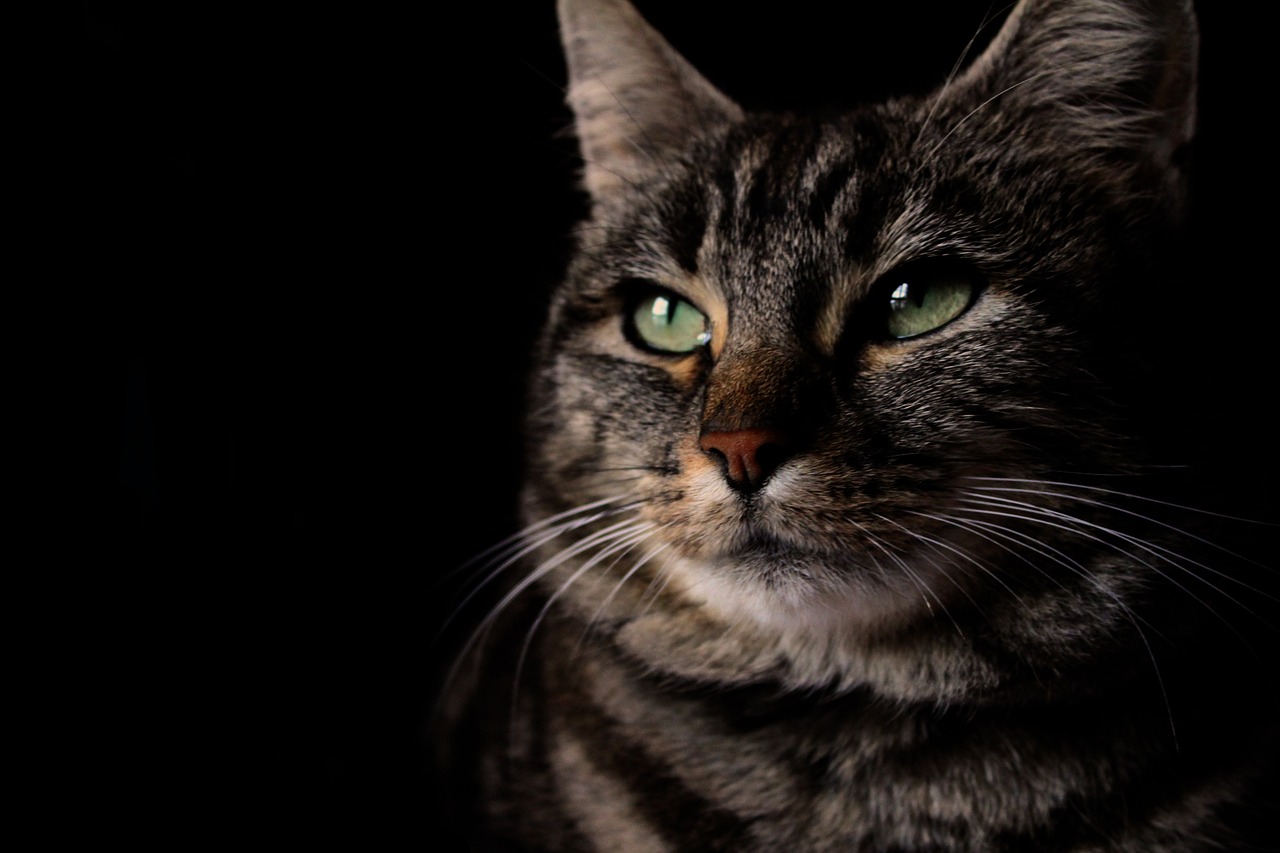
These eight mysterious behaviors remind us that despite centuries of domestication and decades of scientific study, cats continue to surprise us with their complexity. These are among the purported findings of recent scientific studies aimed at deciphering the behavior of some of our most mysterious yet ubiquitous companions: pet cats. Yet research into cat behavior is extremely limited.
The enduring mysteries surrounding cat behavior demonstrate that our feline companions still hold secrets that modern science hasn’t cracked. From midnight energy bursts to earthquake predictions, these behaviors challenge our understanding of animal cognition and evolution. Perhaps that’s exactly what makes cats so captivating – their ability to remain enigmatic in an age when we think we’ve figured everything out.
What do you think about these unexplained feline mysteries? Have you witnessed any of these puzzling behaviors in your own cats?





